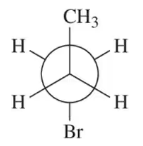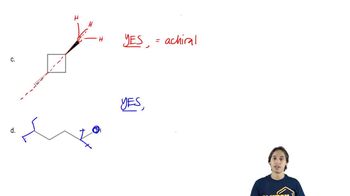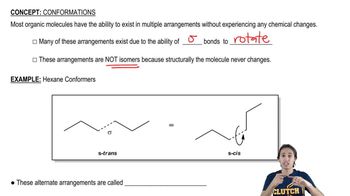Textbook Question
Draw structures for the following:
d. a chiral stereoisomer of 1,2-dibromocyclobutane

 Verified step by step guidance
Verified step by step guidance Verified video answer for a similar problem:
Verified video answer for a similar problem:



 1:25m
1:25mMaster How and when to use the internal line of symmetry test. with a bite sized video explanation from Johnny
Start learning